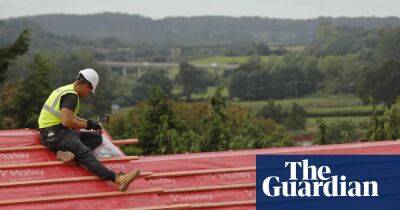Sixty years on, the housing estate I helped build is still being celebrated
P ark Hill was in the news again last week. Nothing unusual in that. The Sheffield Corporation’s housing estate, consisting of 1,000 flats, which overshadows the station and sprawls across the hills of the city’s industrial south-west, is regularly mentioned in Britain’s newspapers.
It was the nature of last week’s comments that came as a surprise. Some got close to being complimentary about what they once dismissed as folly born out of architectural hubris combined with an admiration for the brutalist housing developments in Soviet-occupied eastern Europe.
Admittedly, many of the compliments were secondhand. The Richard Hawley musical Standing at the Sky’s Edge,currently filling seats at the National Theatre, is set in Park Hill and some of its popularity has rubbed off on the coalfield it calls home. But after 50 years of unremitting criticism, those of us who admit involvement in Park Hill’s creation are grateful for support, no matter how vicarious its origins.
My obsessive interest in Park Hill’s reputation is easily explained. I built it. Or to put it another way, I happened briefly to be chairman of the city of Sheffield public works committee at the time the building work was being finished.
The innovations that made Park Hill famous were less the product of prolonged success than the result of continued failure. Before the war, Sheffield had swept away the Pond Street slums and rehoused its tenants in the biggest council estate in Britain; after the war, it could still claim its housing record was the best in the country. But the best was not good enough. Up to 13,000 families were on a housing waiting list that grew longer every year. At least as many, and probably rather more, inhabited houses officially declared
Read more on theguardian.com














